When you want to make a film, it’s easy to get bogged down thinking about cameras and gear.
I’m here to tell you don’t need any of that to make a film people will love.
Most likely, you already have everything you need. So, no more excuses; let’s get to it.
You can watch the video, or if you prefer to read, just scroll on down. (Reading learners, I get you.)
You don’t need a lot of gear.
Don’t get bogged down with equipment. Gear is not the secret sauce to making something cinematic. The story, composition, directing actors, and sound are the elements that make something cinematic.
By cinematic, I mean something artistic. Something that will transport your viewer emotionally. That’s the goal. Always.
The essential gear you need to make a film on your phone.
You’ll need your phone and the native camera app. And a lens cloth.
Keep the lenses clean. Wipe them down often. That’s it. Nothing else is needed. You can stop reading and make a movie right now. Bye!
Optional accessories.
ND Filter.
The phone camera controls the exposure by adjusting the shutter speed and ISO.
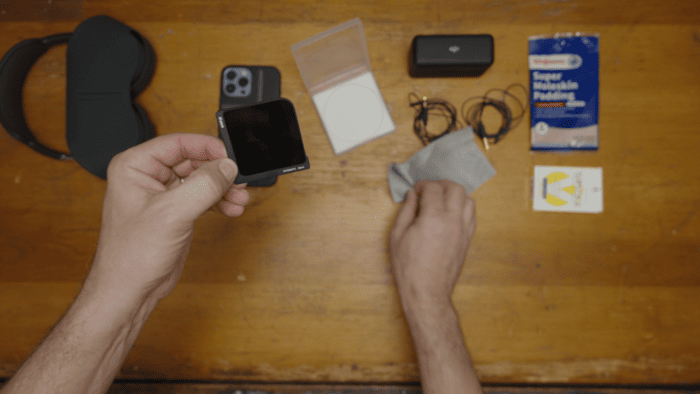
But I like motion blur, so I use an ND filter over the lenses so the camera keeps the shutter Speed slow.
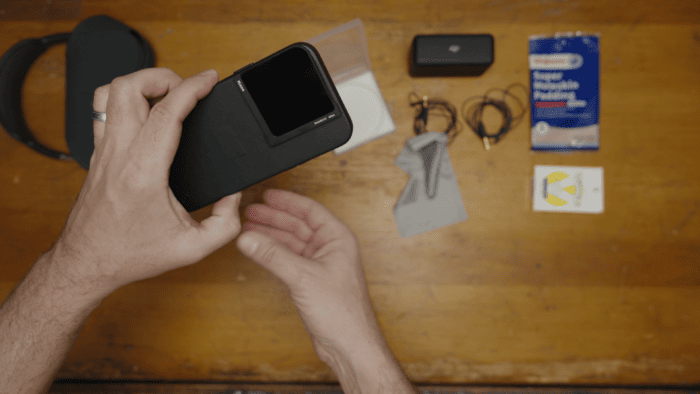
Wireless mics.
If you have actors, use a compact wireless mic system like the DJI or Rode Go II.
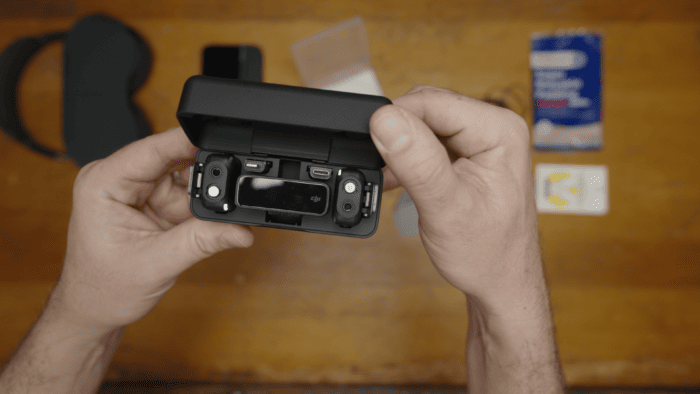
If you have actors, they need to sound good!
Learn the secret method of the pros to mic up your actors.
Don’t clip the transmitter to their shirt. It’s a bad look and a horrible sound. Use a lav mic and the following technique to get the best possible lav sound, no fabric noise and no visible mics.
What you’ll need
- Compact wireless mics: Rode Go II / DJI (or your preferred system)
- Moleskin felt pads from your local pharmacy
- Top stick (It’s double-sided tape strips used for toupees)
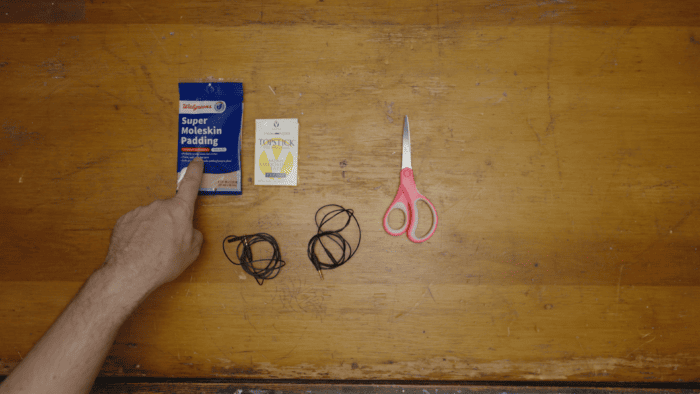
Start by cutting two strips of the moleskin felt the same width as the mic. Take one strip and wrap it around the mic.
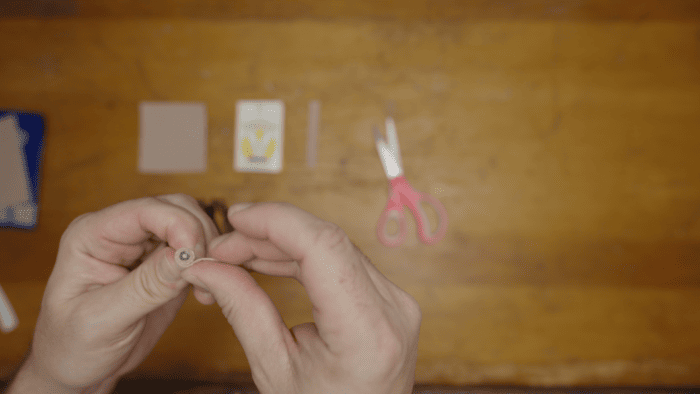
Make sure it’s even with the top of the mic and doesn’t go over or cover it.
Next, peel the back side of the Top Stick strip off. It’s super sticky. Handle with care.
Place the wrapped mic down on the center of the top stick strip. The bottom of the mic, where the wire comes out, should be aligned with the edge of the top stick strip. This is important later.
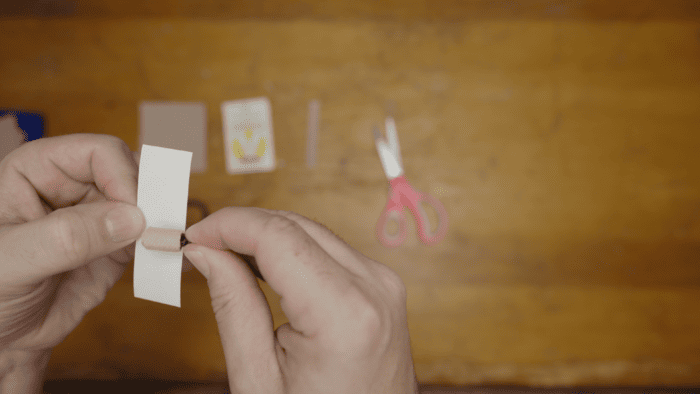
Next, peel the backing of the second felt strip off and place the center of the strip on the mic. Carefully flatten the strip around the mic and down onto the top stick. Do this on a table or flat surface because it’s important for the top stick side to be flat.
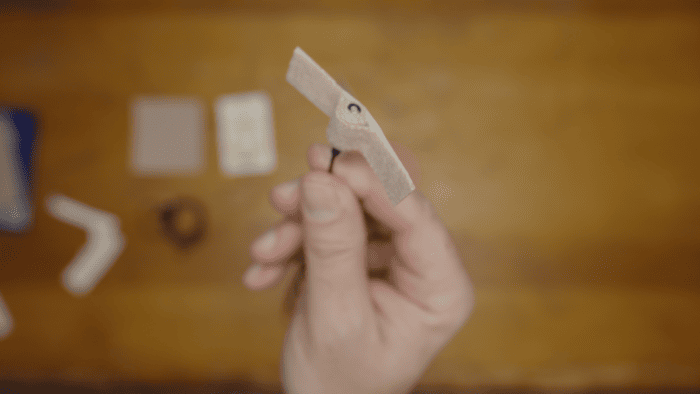
Now you’re done.
To apply the mic, hand it to your actor and get them to peel off the top stick cover like a bandaid.
The mic should be positioned in the center of their sternum. It should be attached to their innermost layer of clothing so the mic is against their skin.
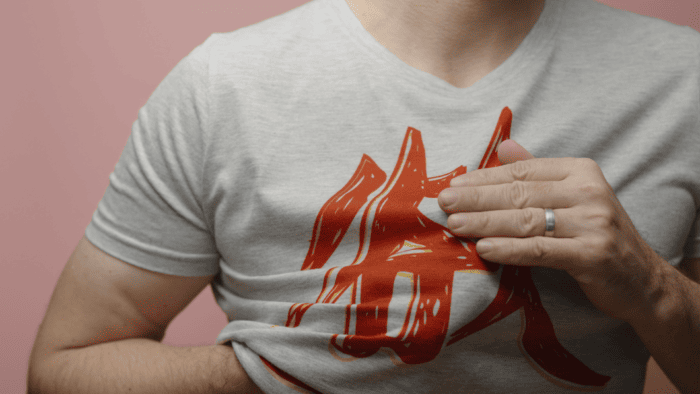
Remember
- The sticky side should be applied to their clothes. Not their skin.
- Attaching the mic can be confusing. Demonstrate the process on yourself before handing it to your actor.
- Never put the lav on your actor without asking permission and letting them know where your hands will go on their body. This is very important. Always ask permission before touching anyone. Please.
Go out there and make something…
…and post it online for the world to see.
Half the battle is shipping. Even if you don’t think it’s great, post it. Putting your work out there is a critical part of being an artist. We need your voice, and it will make you a better filmmaker just by sharing the work you produce.
Don’t have any ideas? Not a writer? That’s ok.
For some inspiration, you can check out one of my YouTube channels, Karrased.
Shot and edited on my iPhone, it’s completely improvised. The actors and I pick a day, a time, and a location to meet, and we make up everything on the spot.
Nothing, none of the scenarios, ideas, or anything is thought up before we meet that day.
I’m also playing with filming techniques, gear, and apps.
It’s a fun experiment. And we all have a good time making something.
I hope you found this helpful and I can’t wait to see what you make.

About the Author





